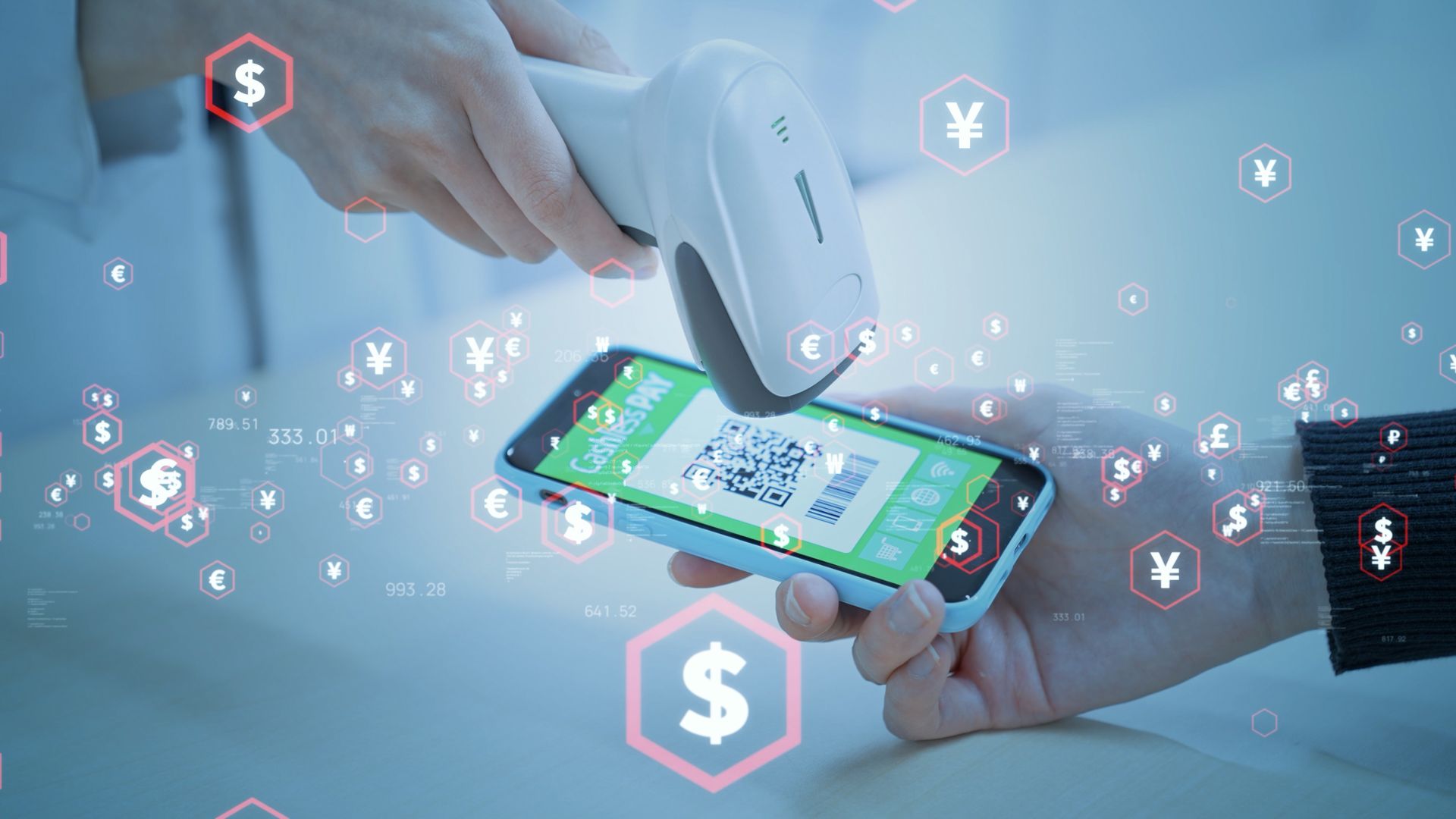Mobile Banking’s Role in Shaping a Cashless Economy: An In-depth Exploration
Introduction
In the digital age, mobile banking has emerged as a transformative force, not only changing the way we manage our finances but also playing a crucial role in steering economies towards cashlessness. This article will delve into the intricate ways in which mobile banking contributes to a cashless economy, exploring the benefits, challenges, and the broader impact on financial landscapes.
The Evolution of Mobile Banking
Mobile banking has evolved from a convenient service to a cornerstone of financial ecosystems. With the rise of smartphones and ubiquitous internet connectivity, individuals now carry powerful financial tools in their pockets. This evolution aligns seamlessly with the global push towards a cashless economy.
How Mobile Banking Redefines Transactions
a. Contactless Payments:
Mobile banking facilitates contactless payments through Near Field Communication (NFC) technology, allowing users to make transactions without physical contact with cash or cards. This not only enhances convenience but also contributes to the reduction of physical currency circulation.
b. Digital Wallets:
Mobile banking apps often integrate digital wallets, enabling users to store payment information securely. These wallets streamline online and in-store transactions, reducing reliance on cash for day-to-day purchases.
c. QR Code Payments:
QR code payments, a feature prevalent in many mobile banking apps, offer a quick and secure way to transfer funds or make purchases. This technology further diminishes the need for cash transactions.
The Economic Impact of a Cashless Society
a. Reduced Cash Handling Costs:
Businesses and financial institutions incur significant costs in handling, transporting, and securing physical cash. Mobile banking reduces these costs, contributing to economic efficiency.
b. Enhanced Financial Inclusion:
Mobile banking has the potential to bring financial services to unbanked and underbanked populations. By offering digital alternatives to cash transactions, it fosters financial inclusion and participation in the formal economy.
c. Transparent Transactions:
Cashless transactions leave a digital trail, enhancing transparency and traceability. This can mitigate the risks associated with illicit activities often facilitated by untraceable cash transactions.
The Role of Mobile Banking in Consumer Behavior
a. Shift in Spending Patterns:
The convenience of mobile banking alters consumer spending patterns. With quick and accessible digital options, individuals are more likely to opt for cashless transactions.
b. Encouraging Savings:
Mobile banking apps often provide features that encourage savings, contributing to a shift from cash-based savings to digital alternatives. This shift can have positive implications for personal financial management.
Challenges in Achieving a Cashless Economy
a. Digital Literacy Barriers:
Achieving a cashless economy requires widespread digital literacy. Some segments of the population may face challenges in adopting mobile banking due to limited technological proficiency.
b. Security Concerns:
Security concerns, such as fraud and data breaches, pose challenges to the widespread adoption of mobile banking. Addressing and overcoming these concerns are crucial for building trust among users.
Global Initiatives and Case Studies
a. Government Initiatives:
Governments worldwide are implementing policies and initiatives to encourage cashless transactions. Mobile banking plays a central role in these initiatives, promoting financial inclusion and efficiency.
b. Success Stories
Examining success stories from countries that have made significant strides towards a cashless economy provides insights into the practical applications and positive outcomes of mobile banking adoption.
Future Trends and Innovations
a. Blockchain Integration:
The integration of blockchain technology in mobile banking holds promise for further enhancing security, transparency, and efficiency in cashless transactions.
b. Central Bank Digital Currencies (CBDCs):
The exploration and development of Central Bank Digital Currencies represent a potential future shift towards fully digital economies, with mobile banking as a key facilitator.
Conclusion: Mobile Banking as the Cornerstone of Cashlessness
In conclusion, mobile banking stands as a powerful catalyst propelling economies towards a cashless future. Through contactless payments, digital wallets, and transparent transactions, it reshapes consumer behavior and contributes to economic efficiency. While challenges exist, ongoing innovations, global initiatives, and the positive impact on economic landscapes showcase mobile banking’s pivotal role in realizing the vision of a cashless society. As we navigate this transformative journey, mobile banking emerges not just as a financial tool but as a driver of economic progress in the digital age.














